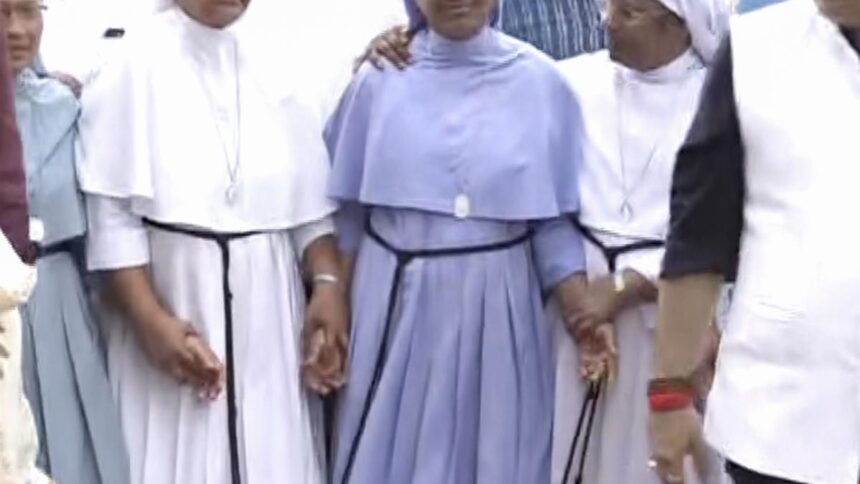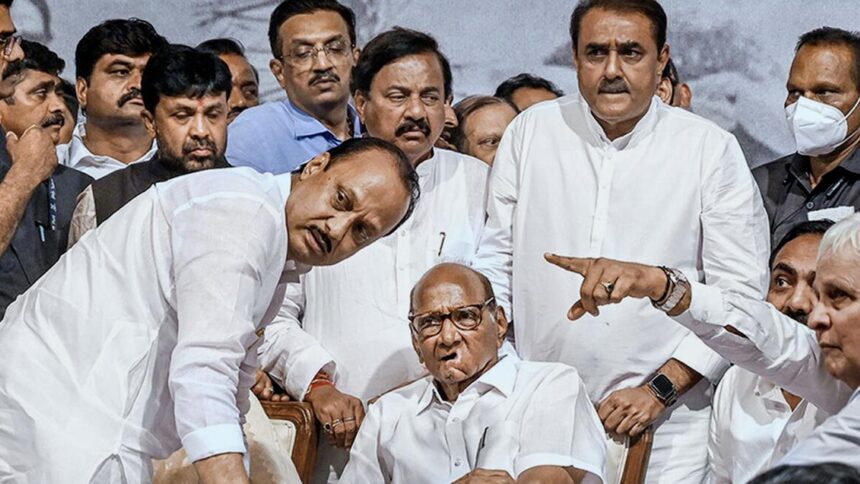
For representative purposes.
| Photo Credit: iStockphoto
The story so far: A report submitted by the Finance Minister in the Rajya Sabha states that 5,892 cases were taken up by the Enforcement Directorate (ED) under the Prevention of Money Laundering Act (PMLA) 2002, since 2015. Of these cases, only 15 convictions have yet been ordered by special courts. The government claims that investigations have been initiated in more or less all cases, and that Enforcement Case Information Reports (ECIRs) have been issued to initiate proceedings. However, these figures raise two important aspects. First, that the number of convictions vis-a-vis total cases is far from satisfactory and secondly, that money laundering cases have been rising signalling that the government has not been able to check such financial crimes.
What is a laundromat?
The term is said to have originated from the use of laundromats by organised crime syndicates in the U.S. as cover for their crimes and under-the-table dealings. A laundromat is an all-purpose financial vehicle. It may be set up by a bank or any other company engaged in providing financial services. However, it can also help clients launder the proceeds of crime, hide ownership of assets, embezzle funds from companies, evade taxes or currency restrictions and move money offshore.
How is money laundered?
Money laundering, as defined under Section 3 of PMLA, is an act through which processes or activities connected to the proceeds of crime are concealed, possessed, acquired, or used and projected as untainted property or claiming to be untainted property.
In the first stage called placement, the launderer introduces money into the financial system which might be done by breaking up large amounts of cash into smaller sums (a process called smurfing). In the second stage, that is layering, money is shifted to other locations through investments and transactions. And finally in the integration stage, the laundered money is brought into the financial system through real estate, business or asset formation etc. The Supreme Court in P. Chidambaram versus Enforcement Directorate (2019) held that hiding the illegal source of money affects the financial system and also the sovereignty and integrity of the nation. Other impacts of money laundering include expansion of money supply which might prove detrimental to monetary stability of the country ultimately impacting inflation. Moreover, it may also affect trading, according to the Financial Action Task Force (FATF).
When about the PMLA?
In line with the UN Political Declaration and Global Programme of Action (adopted by the UN General Assembly in February 1990), the law has been made to prevent money laundering and to confiscate the property involved or obtained. The most significant part of the statute is that the burden of proof is on the accused. Another feature is that the ECIR is sufficient to initiate proceedings which has also been reiterated by the Supreme Court in Vir Bhadra Singh versus ED (2017) — that no FIR is required to initiate proceedings under the Act. The only requirement as per the top court was that a scheduled offence (offence against the state) be essential for the offence of money laundering. However, despite being such a stringent law, the offence has become rampant.
What are the issues to be addressed?
The number of money laundering cases is seriously increasing, questioning the efficacy of the implementation of the law. Moreover, on many occasions, the law has been abused by authority which has been seen and referred to by the Supreme Court as well. In Vijay Madanlal Chaudhury versus Union of India (2022) the Court held that to initiate prosecution under Section 3 of the PMLA, registration as scheduled offence is a pre requisite but for initiating attachment of property under Section 5, there need not be a pre-registered criminal case. This view has been very often misused by authorities with politically motivated intentions.
It is important that the authorities follow the recommendations of the FATF and ensure that money laundering cases are handled with care and caution so that misuse could be checked, and genuine cases reported and investigated properly to enhance the rate of conviction. Money laundering is a serious offence as it has a direct linkage with terror activities and is a major source of terror financing. Instead of political motives, the law should be used to address the issues and concerns involved in a genuine manner. Though India has signed the Double Taxation Avoidance Agreement (DTAA) with about 85 countries, which helps to check money laundering, things are not yet in the right direction and much needs to be done. These agreements promote the exchange of financial and tax-related information between tax authorities of participating countries. This facilitates the enforcement of tax regulations and helps prevent illegal activities like tax evasion and money laundering.
C. B. P. Srivastava is President of the Centre for Applied Research in Governance.
Published – August 06, 2025 08:30 am IST





















